Understanding Hallux Rigidus: The Basics
Hallux rigidus is a form of degenerative arthritis that affects the big toe joint. This condition can hinder your mobility and cause significant discomfort. Understanding hallux rigidus is crucial for those experiencing symptoms, as well as for choosing the right footwear. Symptoms often include pain around the joint, stiffness, and swelling, making everyday activities—even walking—challenging.
It’s essential to select shoes that alleviate pressure on the big toe while providing adequate support and comfort. Podiatrists often recommend specific features in shoes for those with hallux rigidus, which we’ll explore further in this article. The key to comfortable walking lies in choosing footwear that addresses these essential needs.
Why Choosing the Right Footwear Matters
The right shoes can significantly impact the quality of life for individuals with hallux rigidus. Wearing inappropriate footwear can exacerbate symptoms, leading to increased pain and discomfort. Inappropriate shoes may also lead to secondary issues, such as misalignments in your posture and increased stress on other joints.
Real-World Experiences
For instance, Jane, a 45-year-old teacher, suffered from hallux rigidus for years due to her choice of fashionable but unsuitable shoes. After visiting a podiatrist, she switched to shoes designed with ample toe box space and stiffer soles. This simple change significantly reduced her discomfort, allowing her to stay active both in and out of the classroom.
Features to Look for in Shoes for Hallux Rigidus
1. Adequate Toe Box Space
One of the primary recommendations from podiatrists is to choose shoes with a wide toe box. This allows your toes to move freely without cramping, reducing uncomfortable pressure on your big toe. Look for brands that offer various widths and styles to find the best fit.
2. Stiff Soles for Support
Shoes with a stiff sole help to limit the upward motion of the big toe while walking. This feature is particularly important for minimizing pain during movement. Podiatrists often recommend footwear with a rocker sole to promote a natural gait while minimizing stress on the toe joint.
3. Cushioning and Shock Absorption
Proper cushioning is essential for shock absorption, particularly for those suffering from hallux rigidus. Look for shoes with cushioned insoles and midsole support, as these features help distribute weight evenly across the foot and reduce impact on the toe joint.
4. Arch Support
Arch support is crucial for maintaining proper foot alignment and reducing strain on the joints. Podiatrists often recommend shoes with built-in arch support or the option to insert custom orthotics.
Top Podiatrist Recommended Shoe Brands
After thorough research and consultation with foot care professionals, several shoe brands have stood out for their positive impact on individuals with hallux rigidus. These brands focus on creating shoes that prioritize comfort and support without compromising on style.
Brand Comparison Table
| Brand | Style | Key Features | Price Range |
|---|---|---|---|
| Addidas | Adizero | Wide toe box, mesh upper | $90 – $130 |
| New Balance | 990v5 | Stiff sole, cushioning, arch support | $180 – $220 |
| Saucony | Guide ISO | Rocker sole, durable cushioning | $130 – $150 |
| Hoka One One | Bondi 7 | Maximum cushioning, support | $150 – $180 |
| Brooks | Ghost 13 | Shock absorption, breathable | $130 – $160 |
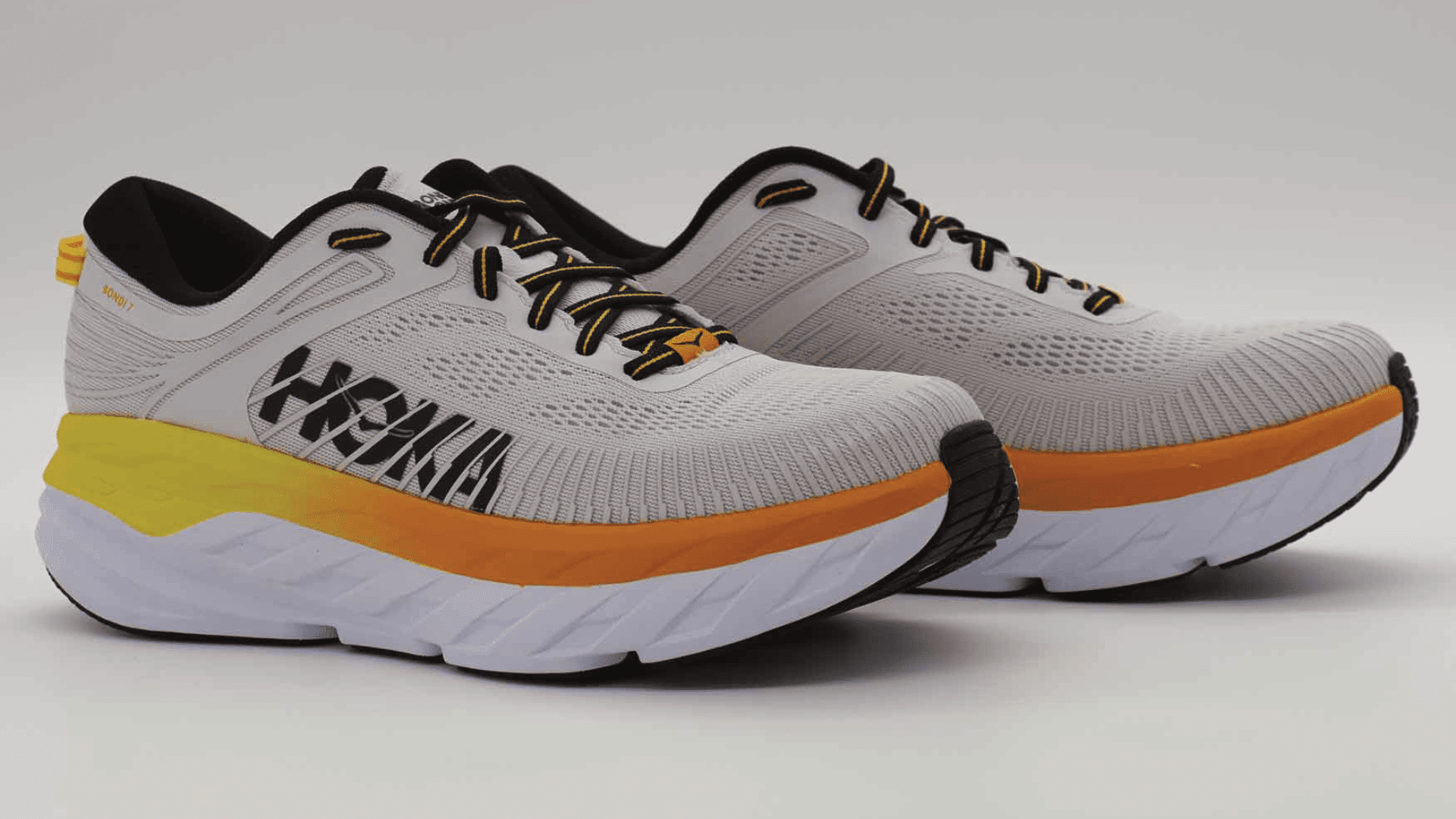
Top Shoe Recommendations for Hallux Rigidus
1. New Balance 990v5
A podiatrist favorite, the New Balance 990v5, is known for its excellent arch support and cushioning. These shoes come with a wide toe box and a stiff sole, making them perfect for those with hallux rigidus. The soft upper material also contributes to overall comfort without sacrificing style.
Pros:
- Excellent shock absorption
- Stylish design suitable for various occasions
- Multiple width options available
Cons:
- Higher price point
- May feel bulky for some wearers
2. Hoka One One Bondi 7
Widely praised for its maximum cushioning, the Hoka One One Bondi 7 provides exceptional comfort for those suffering from hallux rigidus. Featuring a rocker sole, this shoe promotes a natural gait while reducing the pressure on your big toe joint.
Pros:
- Exceptional cushioning for comfort
- Supportive structure
- Lightweight design
Cons:
- May require a break-in period
- Slightly higher price range

3. Brooks Ghost 13
The Brooks Ghost 13 is an excellent option for those who need a balance of cushioning and support. It features a breathable mesh upper and durable cushioning, making it ideal for runners and casual walkers alike. The shoe’s build supports an attractive fit while ensuring comfort for your big toe joint.
Pros:
- Breathable and comfortable
- Good for various activities
- Popular with runners and walkers alike
Cons:
- Not as stiff as some other options
- May feel narrow for wider feet
Tips for Managing Hallux Rigidus Through Footwear
Managing hallux rigidus symptoms is not solely about choosing the right shoe but also about incorporating smart practices into your daily routine. Here are some tips to help manage your foot health:
1. Regularly Check Your Footwear
Regularly inspect your shoes to ensure they remain supportive and comfortable. Replace them as necessary, especially if you notice any visible signs of wear or breakdown in support and cushioning.
2. Use Custom Orthotics
If standard shoes are not sufficient, consider getting custom orthotics made. A podiatrist can assess your condition and create orthotics tailored to your specific foot shape and needs, providing additional support where needed.
3. Stretching and Strengthening Exercises
Incorporate foot stretches and strengthening exercises into your routine to maintain flexibility and muscle strength. These activities can help mitigate stiffness and improve overall foot care.
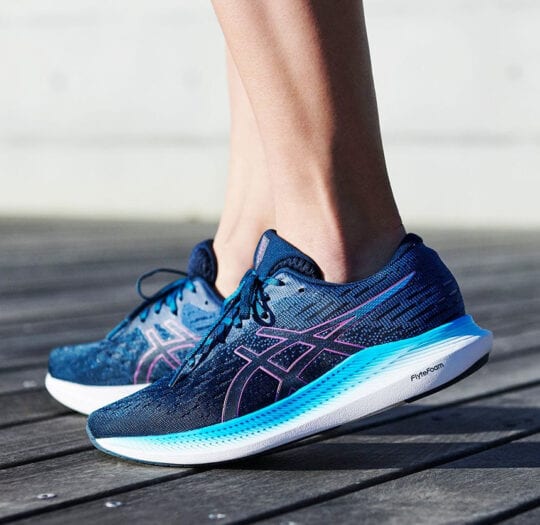
FAQs About Podiatrist Recommended Shoes for Hallux Rigidus
1. What types of shoes should I avoid if I have hallux rigidus?
Avoid shoes with pointy toes, high heels, and any footwear that doesn’t provide ample toe box space. These types of shoes exacerbate symptoms and lead to increased discomfort.
2. Can I wear sandals with hallux rigidus?
Yes, but select sandals that offer proper arch support, cushioning, and an adjustable fit. Look for styles with a rigid sole and a wide toe box to ensure comfort.
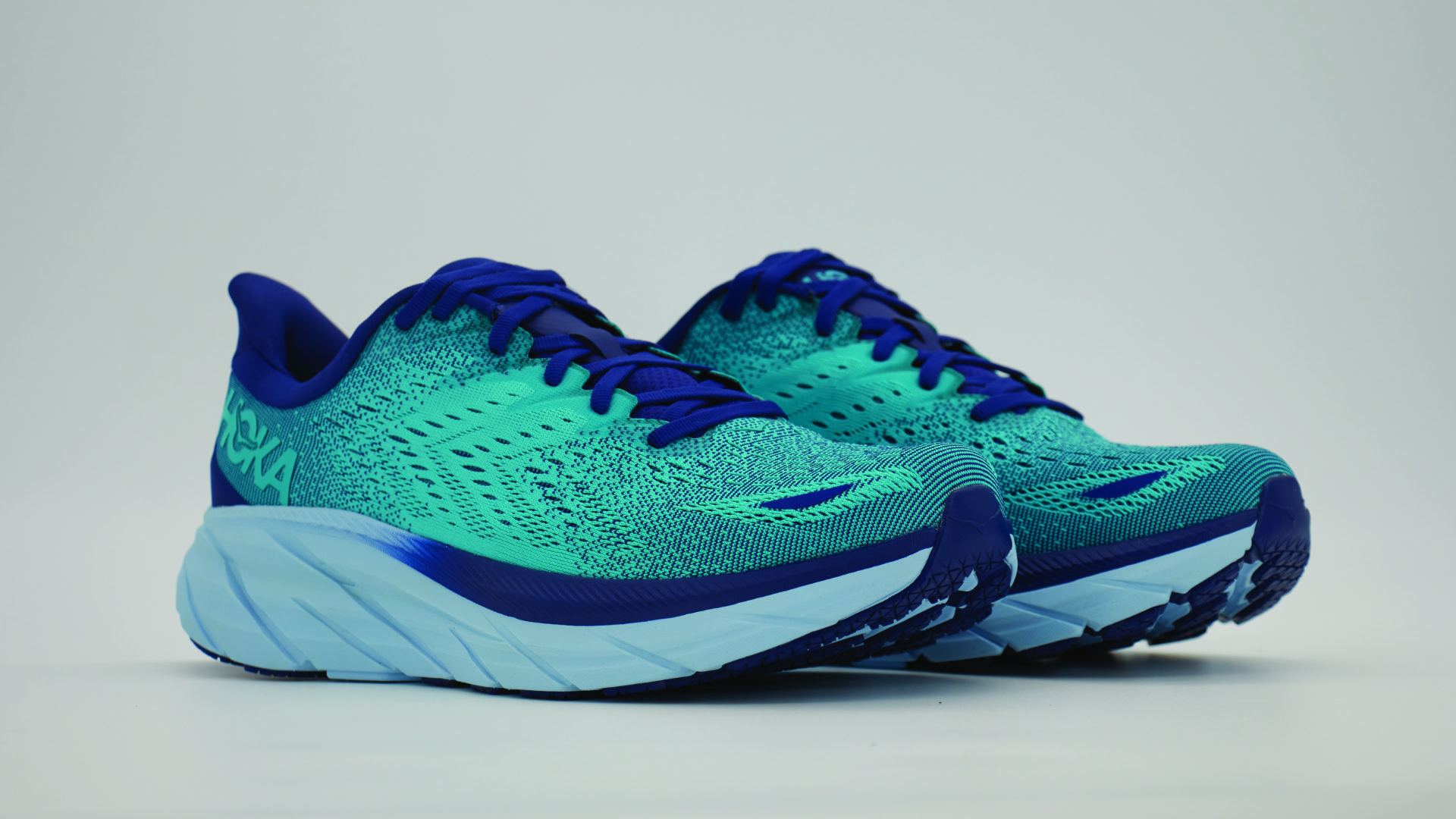
3. How can I tell if a shoe is suitable for hallux rigidus?
Key indicators of a suitable shoe include a flexible upper material, ample toe room, stiff sole, and good cushioning. It’s valuable to consult with a podiatrist when selecting footwear.
4. Are there specific brands that are better for hallux rigidus?
Yes, brands like New Balance, Hoka One One, and Brooks receive numerous recommendations for their supportive shoes tailored for individuals with hallux rigidus.
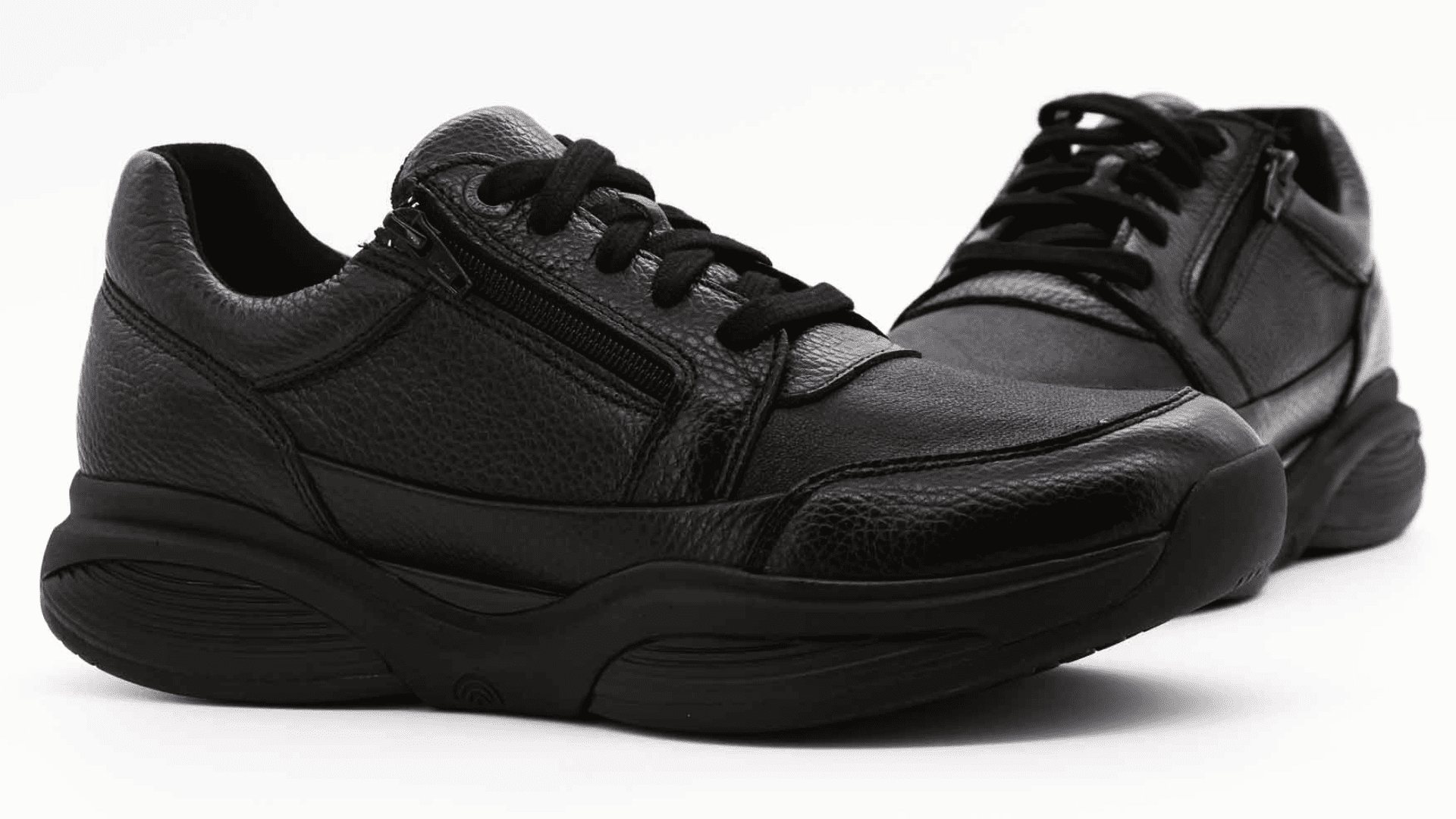
5. What should I do if my shoes cause pain while walking?
If your shoes are causing pain, remove them immediately and assess if they provide the necessary support and comfort. Consider visiting a podiatrist for a professional evaluation.
6. Can hallux rigidus be treated without surgery?
Many treatment options, including physiotherapy, footwear changes, and orthotics, can alleviate symptoms without surgical intervention. Consult with a healthcare professional to discover the best approach for you.

7. How often should I replace my shoes if I have hallux rigidus?
It’s advisable to replace your shoes every 300 to 500 miles or when they show visible signs of wear. Properly maintained shoes can make a significant difference in managing hallux rigidus symptoms.
8. Can I find stylish shoes that also cater to hallux rigidus?
Absolutely! Brands like New Balance and Hoka One One design shoes that are both functional and stylish. With various colorways and styles, you can find options that look good while providing the necessary support.
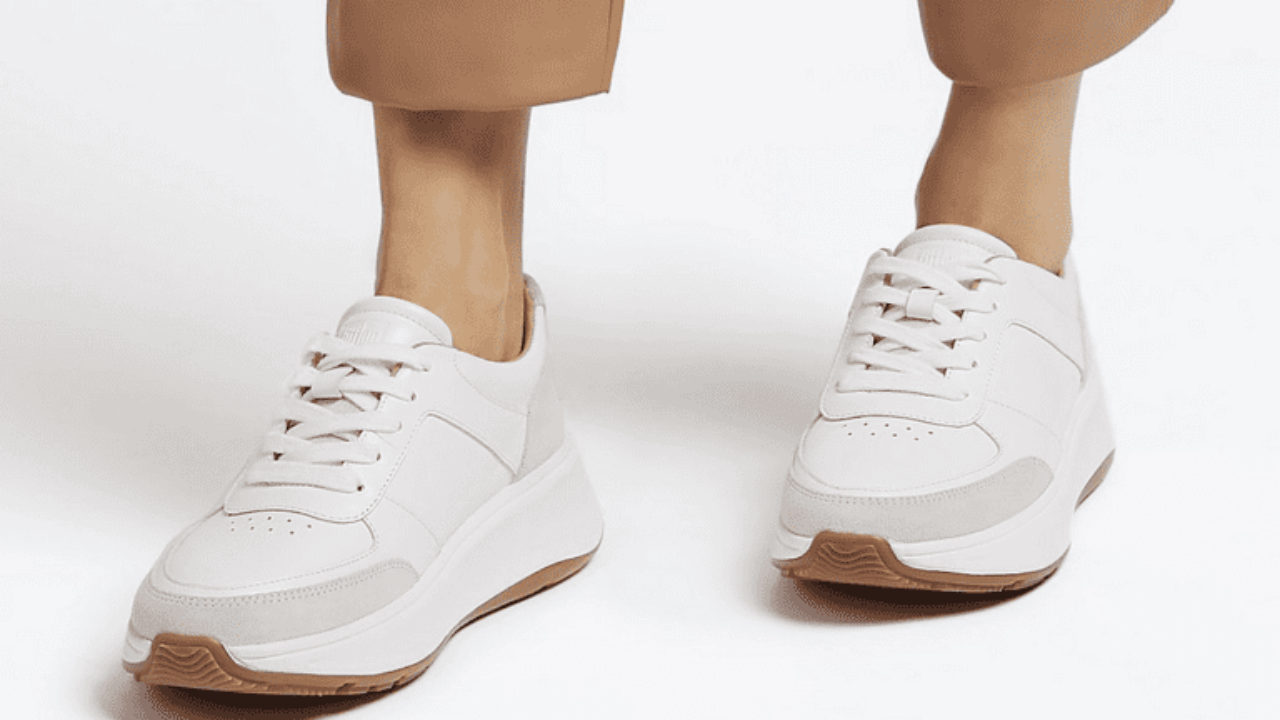
9. Are there over-the-counter insoles recommended for hallux rigidus?
Yes, many over-the-counter orthotic insoles are designed for arch support and cushioning. Look for those specifically meant for managing hallux rigidus symptoms, and consult with your podiatrist for recommendations.
Conclusion: Finding Comfort in Every Step
Hallux rigidus can be a challenging condition, but with the right footwear, you can maintain an active lifestyle while managing your symptoms. By prioritizing comfort, support, and style, you can find shoes that not only meet your foot care needs but also suit your personal aesthetic. Remember to consult with your podiatrist for personalized recommendations and to explore various options to find what works best for your unique situation.
For more information on managing hallux rigidus and footwear recommendations, consider visiting resources such as the American Academy of Orthopaedic Surgeons or the University of Washington Orthopaedics and Sports Medicine.